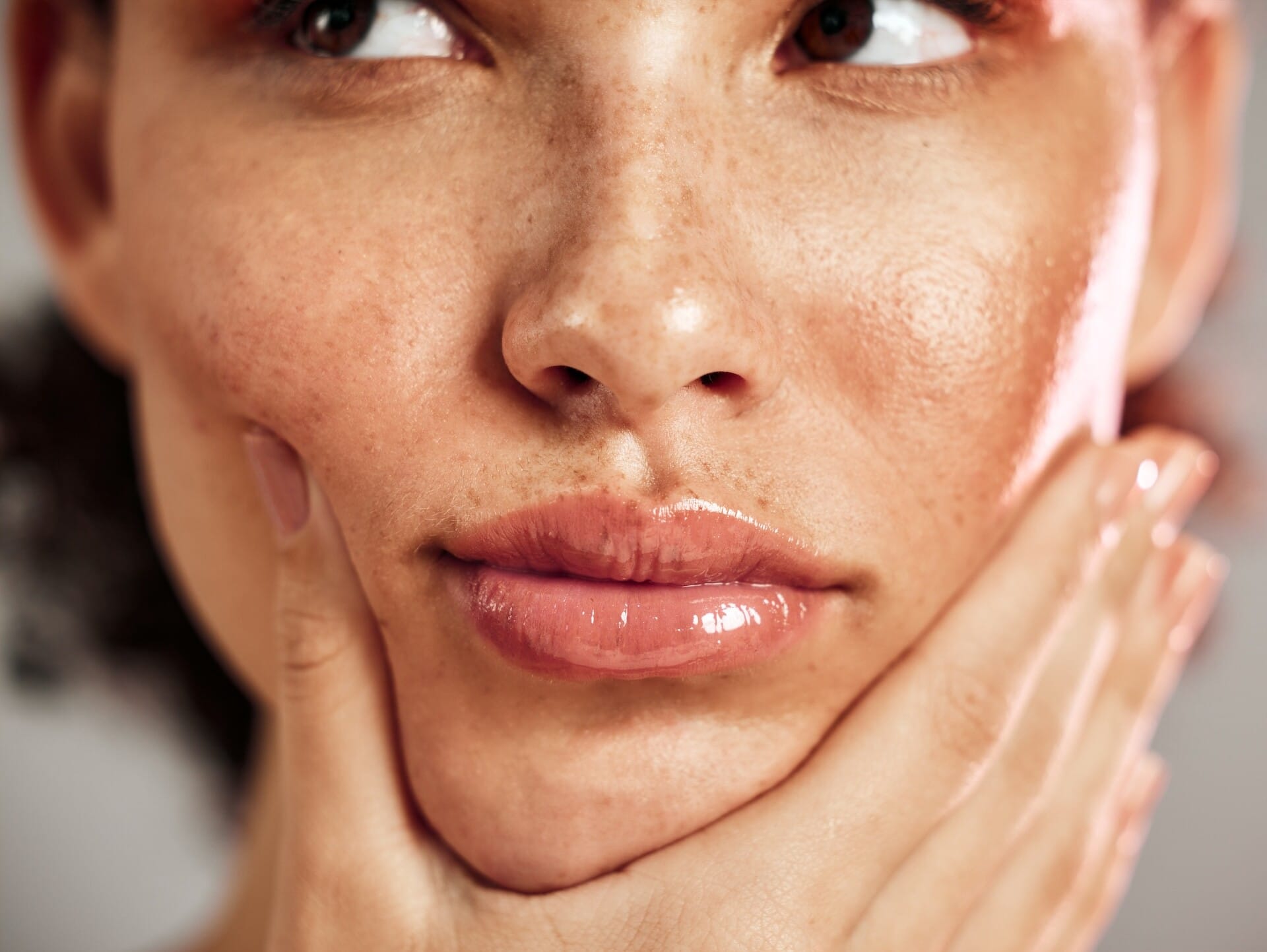When it comes to skin pigmentation, freckles, and sunspots are often grouped together as common skin conditions. However, these two types of spots have distinct causes, appearances, and implications for your skin health. While freckles are often viewed as a charming feature, sunspots can be a reminder of long-term sun exposure and potential damage. Understanding the differences between freckles and sunspots can help you better care for your skin and prevent further issues.
Freckles: A Genetic Trait Enhanced by the Sun
Freckles, or ephelides, are small brown spots that appear on the skin, usually as a result of both genetic factors and sun exposure. They tend to be most noticeable in people with fair skin, especially those with red or light hair, although anyone can have freckles. What sets freckles apart is their dynamic nature—they often darken in the summer when the skin is exposed to the sun and fade during the winter months when sun exposure decreases.
Freckles are harmless and usually develop in childhood. They form due to an overproduction of melanin, the pigment responsible for the color of our skin, hair, and eyes. Exposure to ultraviolet (UV) rays stimulates this melanin, making freckles more prominent after time spent outdoors.
Key Features of Freckles:
- Genetic Influence: Freckles are often hereditary, passed down through families, but they still require UV exposure to develop.
- Small and Scattered: Typically, small and light brown freckles tend to appear across the face, arms, and shoulders.
- Seasonal Variation: Freckles fade with reduced sun exposure in the winter and darken in response to UV rays in the summer.
Sunspots: A Marker of Prolonged Sun Exposure
Sunspots, also known as solar lentigines, age spots, or liver spots, are larger patches of dark pigmentation that develop over time due to chronic sun exposure. Unlike freckles, sunspots do not fade with changes in the season; they are more permanent and tend to appear in adulthood, especially in areas frequently exposed to the sun, such as the face, hands, arms, legs, chest, and shoulders.
The presence of sunspots is a sign of accumulated sun damage, which occurs when UV rays penetrate the skin and cause excess melanin production. While sunspots themselves are not harmful, they indicate that the skin has endured significant exposure to UV radiation, increasing the risk of premature aging and, in some cases, skin cancer.
Key Features of Sunspots:
- Larger and More Defined: Sunspots are usually larger than freckles and can range from light to dark brown.
- Permanent: Unlike freckles, sunspots do not disappear in the winter and are usually permanent unless treated.
- Age-Related: Sunspots typically appear later in life, often after years of unprotected sun exposure.
How to Spot the Difference
At first glance, freckles and sunspots might look similar, but there are important differences that can help you distinguish between the two:
- Size and Shape: Freckles are small and often scattered across the skin, while sunspots are larger, more defined, and usually appear in isolated areas.
- Seasonal Behavior: Freckles fade with reduced sun exposure, while sunspots remain the same throughout the year.
- Age of Onset: Freckles generally appear in childhood, whereas sunspots develop in adulthood as a result of long-term UV exposure.
Prevention and Treatment
Whether you have freckles or sunspots, protecting your skin from the sun is essential. Overexposure to UV rays not only intensifies pigmentation issues but also accelerates skin aging and increases the risk of skin cancer.
Prevention Tips:
- Use Sunscreen Daily: Apply a broad-spectrum sunscreen with at least SPF 30 every day, even in the winter or on cloudy days, to protect your skin from harmful UV rays.
- Seek Shade: Whenever possible, avoid direct sun exposure during peak hours, typically between 10 a.m. and 4 p.m.
- Wear Protective Clothing: To minimize UV exposure outdoors, consider wearing wide-brimmed hats, sunglasses, and long sleeves.
- Know Your ABCs: It is also important to pay attention to changes in the appearance of spots and do self-exams using the ABCs for skin cancer.
A – Asymmetry: The shape of one half does not match the other.
B – Border: The edges of the spot are irregular.
C – Color: The spot is uneven in color. It can range from brown, black, or tan.
D – Diameter: The spot changes in size (usually gets larger).
E – Evolving: The spot changes in shape, size, and color or becomes raised over
time. The spot may also start to bleed or itch.
Treatment Options:
- For Freckles: While freckles are harmless and often fade on their own, some people prefer to lighten them with over-the-counter brightening creams, retinoids, or treatments like chemical peels and laser therapy.
- For Sunspots: Sunspots can be treated with topical lightening agents, such as hydroquinone, retinoids, or vitamin C serums. Professional treatments like chemical peels, laser therapy, or intense pulsed light (IPL) can also help reduce the appearance of sunspots.
Why Skin Protection Matters
Freckles and sunspots are both signs of the skin responding to UV exposure. While freckles are more of a cosmetic concern, sunspots can be a sign of deeper skin damage. Protecting your skin from excessive sun exposure is crucial not only for maintaining an even complexion but also for preventing long-term issues like premature aging and skin cancer.
By staying proactive with sun protection and considering appropriate treatments for pigmentation concerns, you can help maintain your skin’s health and appearance for years to come.
If you’re noticing more freckles or sunspots appearing on your skin, it’s a good time to evaluate your sun protection habits and make adjustments where needed. Whether you embrace your freckles or look to treat your sunspots, prioritizing your skin’s health should always come first.









